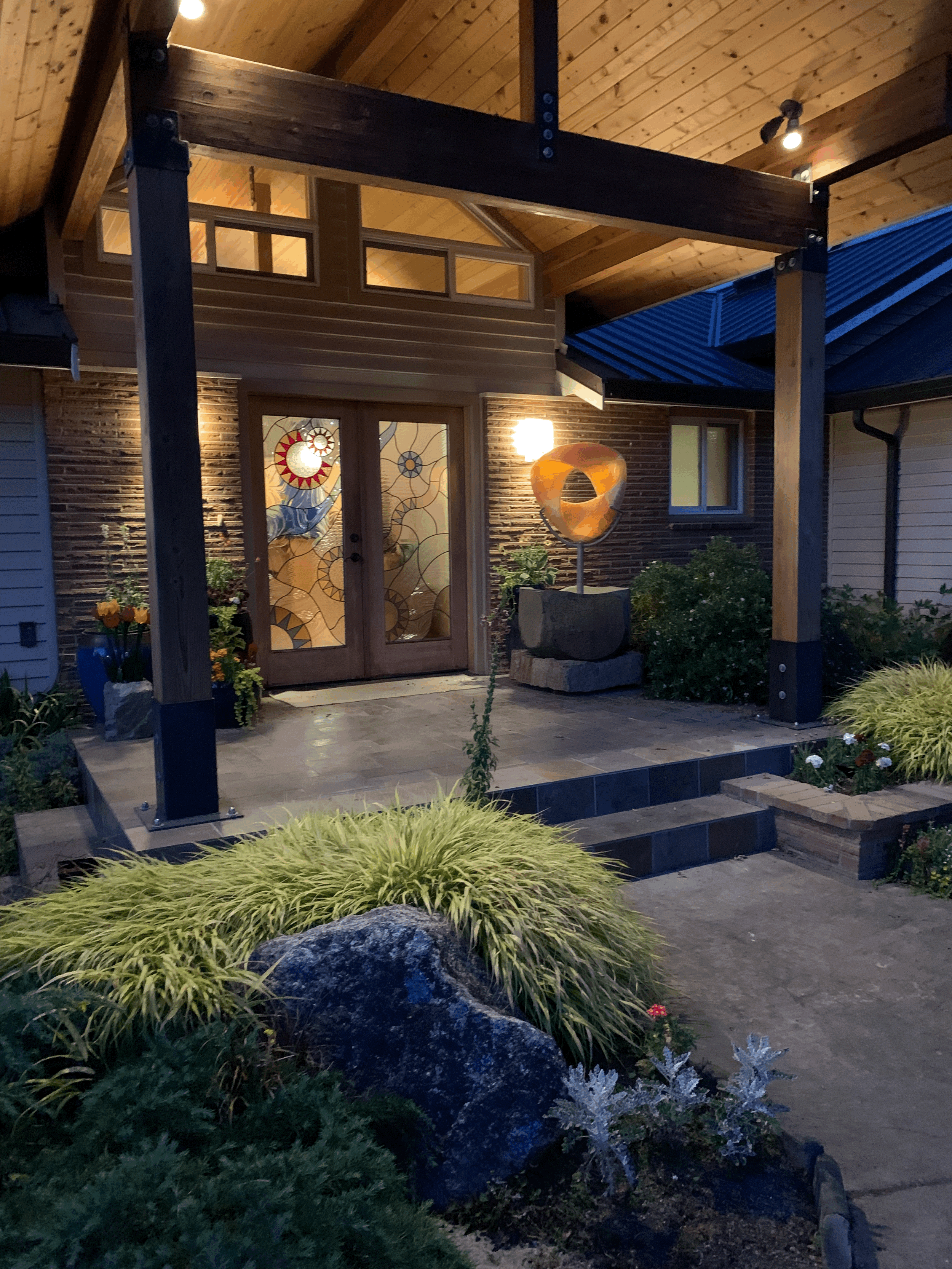
Can you remember the first time you thought to yourself: I want to leave the world a better place than I found it?
Maybe it was something personal and easy. More likely it was a big task involving yourself and your community and aimed at creating a Better Future For All (BFFA). How do you approach creating a BFFA without defining and measuring what matters to people? Especially without going down the rabbit hole of economics, jobs, and GDP. Big task.
A Better Future For All framework (called SPI) exists that has measurable outcomes that are actionable, can make a difference, inspire people to think positively, and has been proven to be useful. It works, because it measures the capacity of a community, or society, to provide for the dimensions of: Basic Human Needs, the Foundations of Well Being, and Opportunity.
Check out the dimensions below, and the categories in each. Tap or hover over each stamp to see the question that defines the category, and the indicators used to measure it. Click on the “ⓘ” to see the data sources.
The above framework was developed by the Social Progress Imperative and their resulting global Social Progress Index (SPI) provides a yearly snapshot of Basic Human Needs, the Foundations of Well Being, and Opportunity for most of the world.
Explore the world’s Social Progress Index and Indicators to sort out the complex interweaving of basic human needs, foundations of well being, and opportunity.
Hover or Tap on a country in the map, then click or tap on the flower to find out more about that country’s capacity to provide Human Needs, Well Being, and Opportunity.
Explore the map above and the data used.
CLICK or TAP HERE to explore in a new window

The SPI approach and its framework can be used at the country, state, district, or regional level to create a BFFA.
SPI works because it measures the things that matter to people and addresses the capacity of a community, or society, to provide for Basic Human Needs, the Foundations of Well Being, and Opportunity. The question of what to measure is approachable by all community members.
There are no economic indicators in the SPI index and it can be used to:
show: “Why GDP is not destiny”
build a dashboard to explore: “greenhouse gas emissions and a country’s SPI”
drill down into: “the decline in personal rights”
predict: for Argentina, Mexico, South Africa, London & “US’s 500 Largest Cities” “COVID-19 vulnerable areas”
protect lives during COVID-19: “London’s borough of Barking and Dagenham”

As an artist, and given my policy background, I want everyone to know that outcomes can be measured, positive impact can be made and it is possible to leave the world a better place. I feel it starts with telling regular people about creating a BFFA. This desire has inspired and motivated me over the last 5 years to create art, commission, and work with other artists, designers, and software designers (Wakey Nelson, Michael Gardner, Neil Brown, Debora Wilson, John Nelson, Nick Clawson, and Jannah Minnix) to make things that advocate for BFFA and SPI. This web site exists because I want our work to start a conversation and tell the stories that a BFFA can be measured and created. Some of our work is featured here. I invite you to learn about the Social Progress Index, explore the data and the art, and join us in the effort to make and share art that furthers the story of leaving the world a better place and creating a Better Future For All.
How would you measure a brighter tomorrow?
Designs and Art to spark a conversation, inspired by SPI and BFFA. All proceeds are donated to support SPI and BFFA.















Basic Human Needs, Foundations of Well Being, and Opportunity each have four categories that ask questions about what matters to people. There’s a sticker for each category that captures an essence of the question, or something from the indicators used to measure that category. There are some that will resonate more with what’s important to you and others that your family and friends will find more to their interests. Share and decorate!.